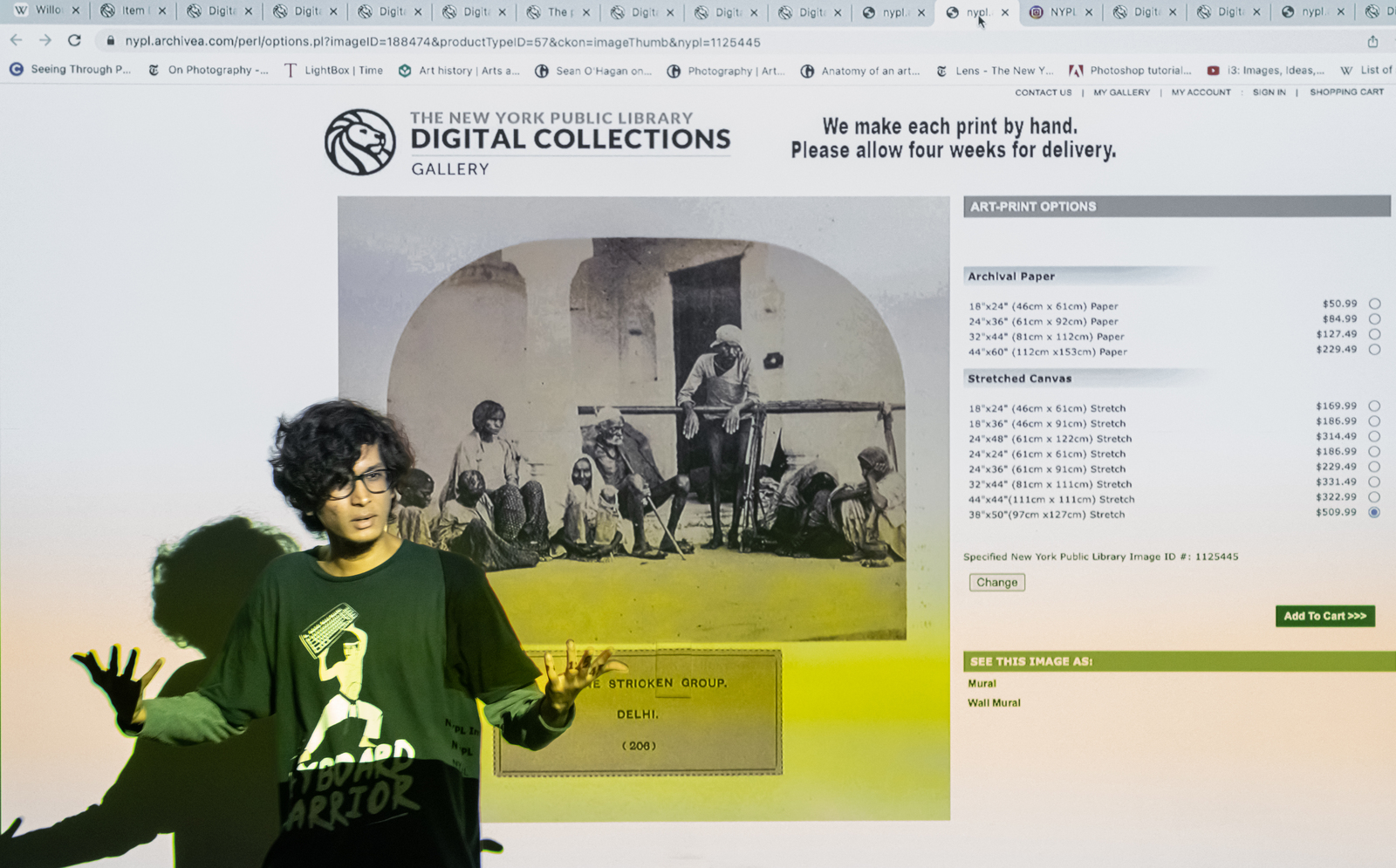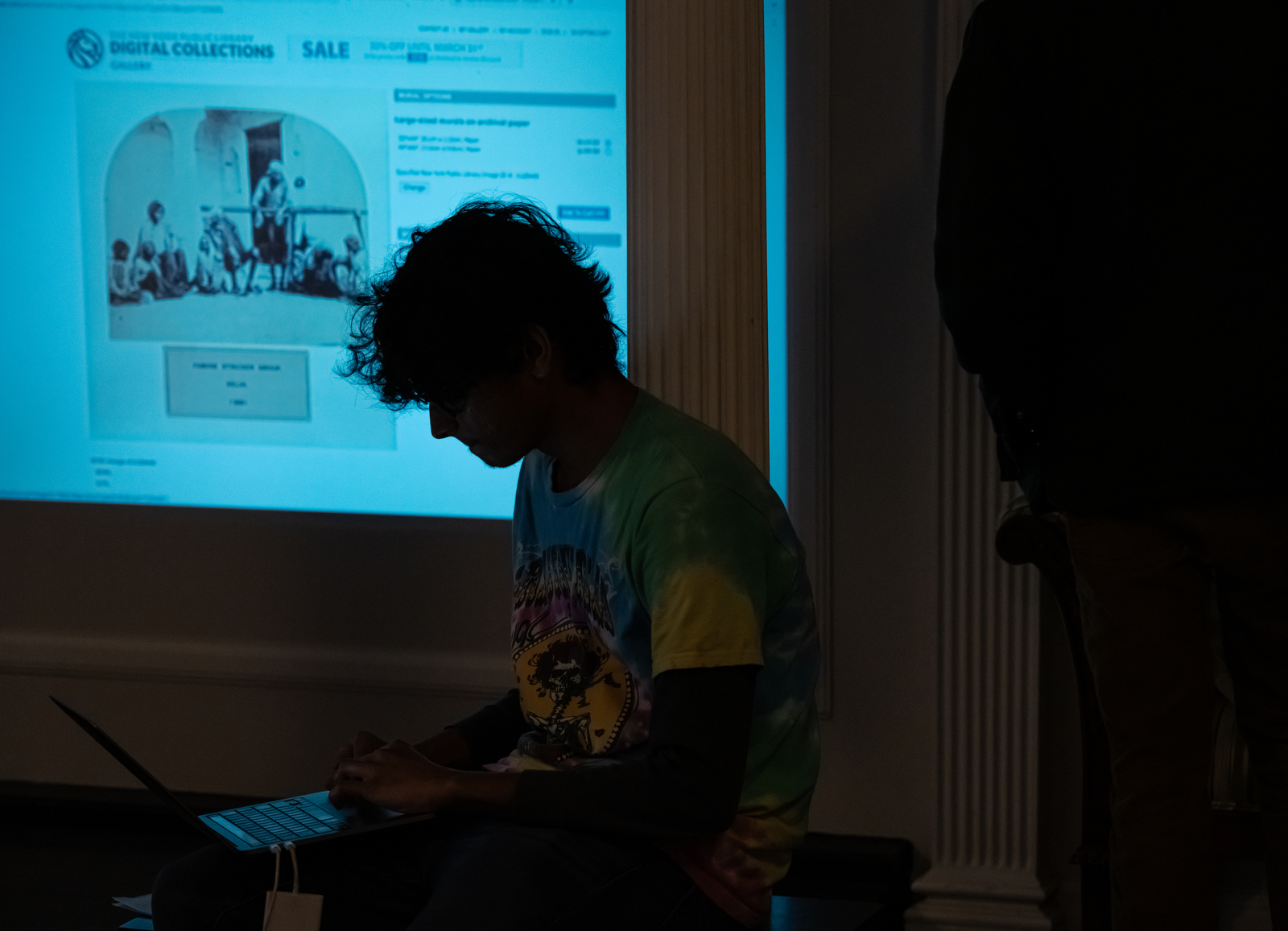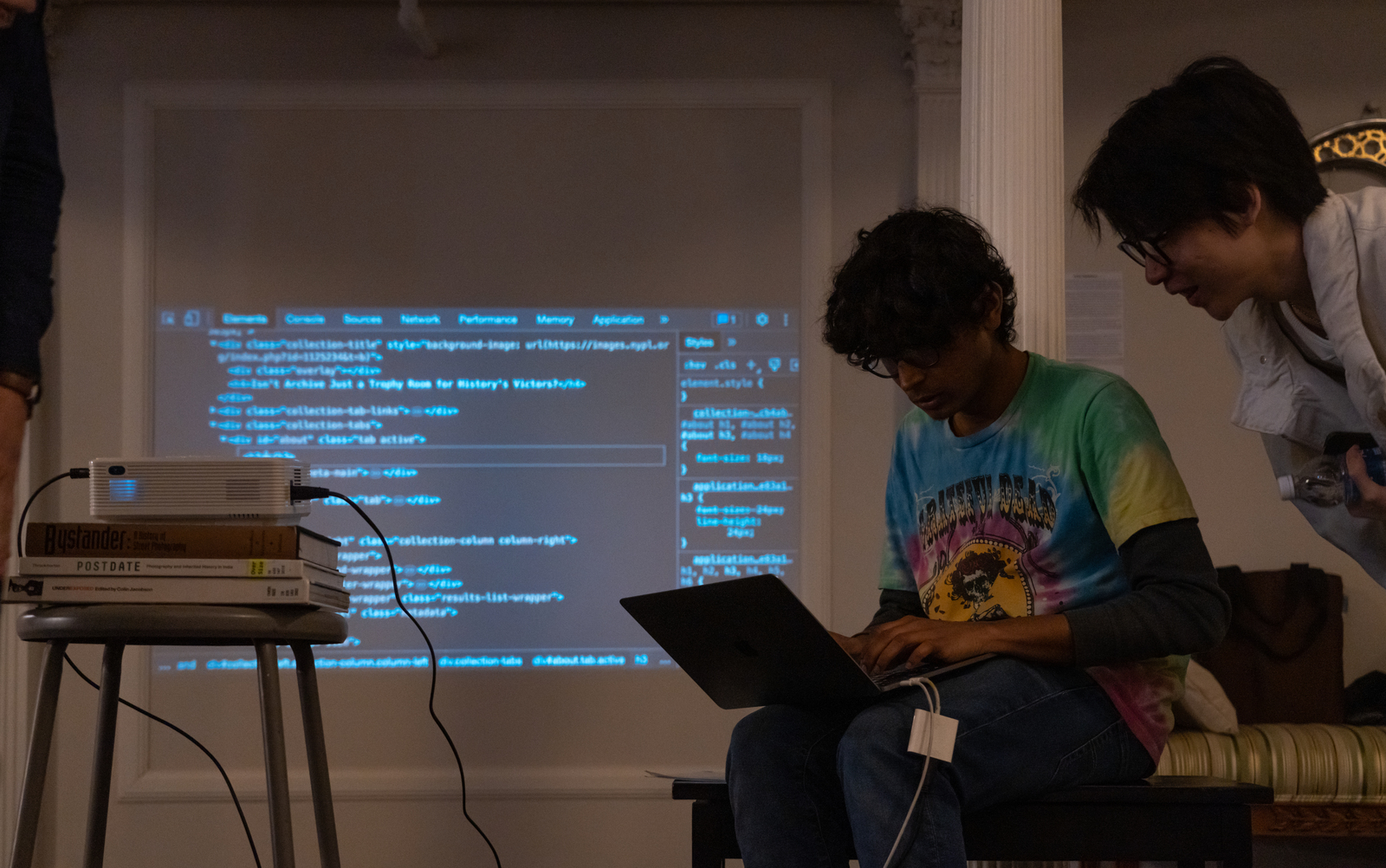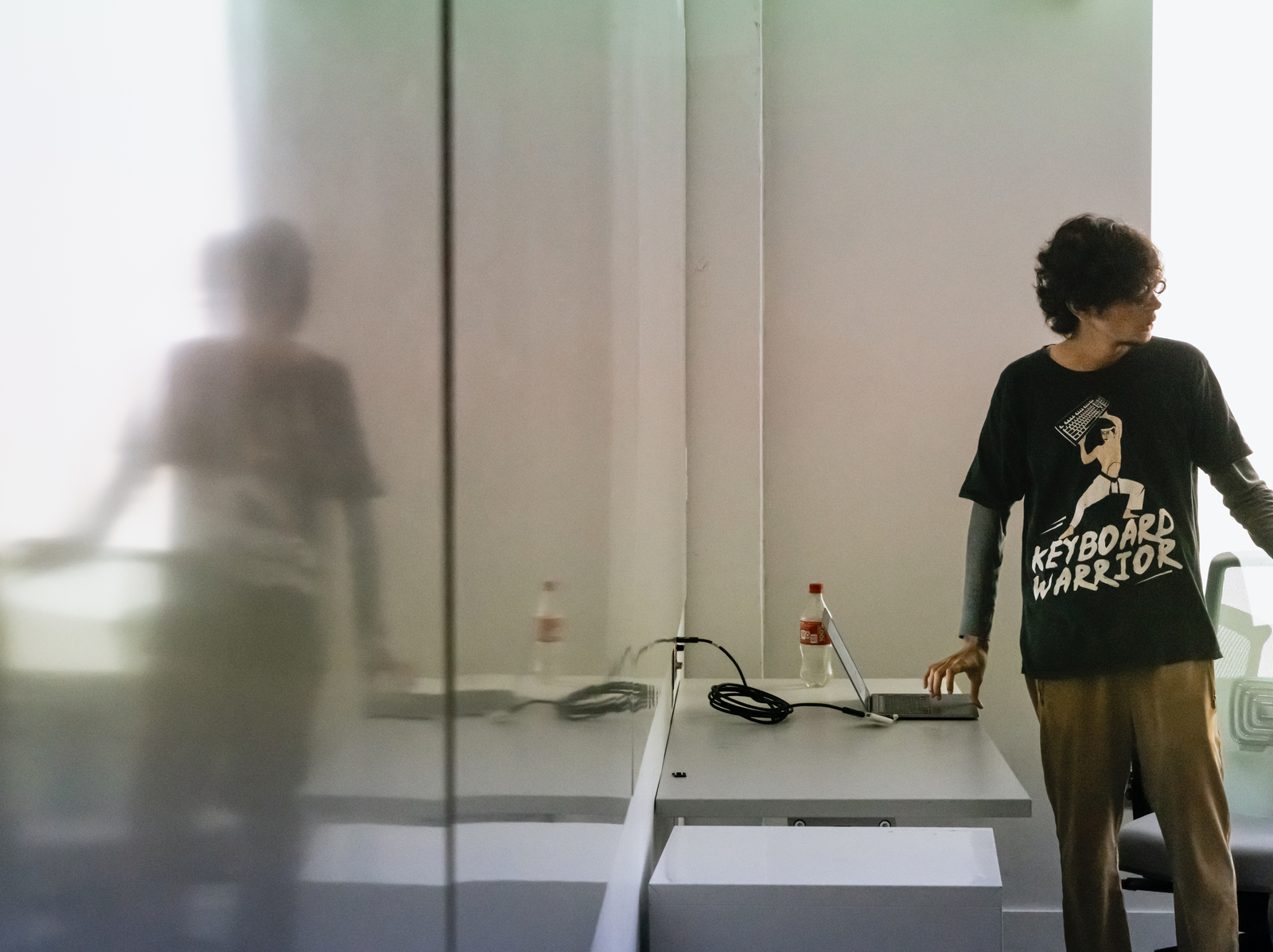




Rage Against the Archive is an artivist project comprising video, performance, and new media art that scrutinizes how the New York Public Library's (NYPL) digital archives catalog, display and even sell dehumanizing ethnographic images from colonial India. This work critically probes whether institutional archives perpetuate the cycle of colonial trauma and the camera's violence. My conceptual approach is anchored in a critical paradigm intended to underscore how technology still commodifies the bodies of people of color, and how we, as a more conscientious society, should consume certain historically traumatic images online.
The People of India, published between 1868-75, is one of the world's oldest and most comprehensive ethnographic books, commissioned by the British colonial government in India after the 1857 First War of Independence. After experiencing violent uprisings and the first challenge to their colonial rule, the Britishers were keen to understand the native tribes and their cultures to rule them better and prevent future rebellions. The camera, masquerading as an objective device for data collection, was employed as an imperial tool to document the natives, "othering" them. Dehumanizing ethnographic portraits were used as data points with an agenda to push forward a pseudo-scientific theory about the racial, economic and cultural inferiority of Indians to justify colonial rule. How does this problematic historical data exist in our contemporary institutional archives? For this project, I explored NYPL's online archives, which digitized the original book, providing the public free access to these ethnographic images. However, NYPL's website also sells these images of suffering as "Fine Art Prints" in various options. Infusing archival practices with capitalism raises some critical questions.
In my experimental browser-based video, I use Google Chrome's "Inspect Element" feature as a glitch resistance tool to modify the underlying HTML code of NYPL's website, inserting texts in the website that resist the colonial ideology and question the fixity of memory present in the archive. I also developed a Chrome browser extension that subverts NYPL's website and replaces all the "Buy as Art Print" options with an error message in an act of Electronic Civil Disobedience. With these symbolic digital gestures, I hope to restore some dignity to my ancestors, who have not only been exploited before by colonial photographers, but whose visual representations are also being commodified today by NYPL. In my project, I use web technologies to challenge and disrupt entrenched power structures and propose a decolonized digital archive where technology is harnessed to foster respect and care. I believe that digital archives, in some cases, instead of being harbingers of free knowledge, are just another way to amplify the camera's violence, and they must be raged against.
Contributors

|
Anshul Roy Anshul Roy (b. 1997, India) is a visual artist with an MFA in Art Photography from Syracuse University, NY. His artistic practice is inspired by Postcolonial discourses, exploring issues like identity, historical memory, cultural representation, and visual ethics. |